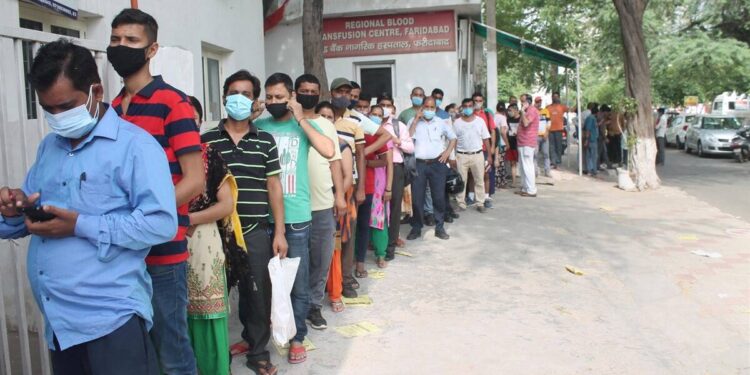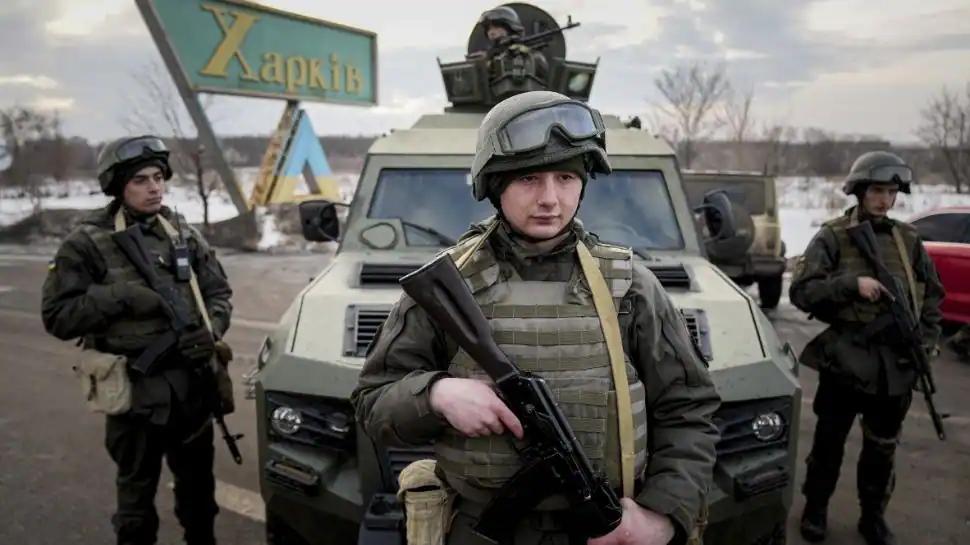 Even today, the actual production and supply, month-wise, of the two manufacturers have not been disclosed.
Even today, the actual production and supply, month-wise, of the two manufacturers have not been disclosed.The vaccination muddle has left its footprints in history. Prime Minister Modi corrected two mistakes in his televised address on June 7. I suppose that is his way of acknowledging mistakes. On their part, the state governments and the Opposition must move on. We must clear the mess and achieve the targets set by epidemiologists and health experts.
For the record, however, it is important to note the mistakes made in the last 15 months:
Omissions and Commissions
1. The Central government believed that the first wave of the virus will be the only wave and vaccination can take place at a leisurely pace in step with domestic supply. It ignored the warnings of a second wave. Also, it did not recognise the absolute necessity of accelerated vaccination.
2. The government was over-zealous in protecting the two domestic manufacturers and their profits; it dragged its feet on giving Emergency Use Approval (EUA) to other vaccines and may have actively discouraged their producers from applying for approval in India (e.g. Pfizer’s).
3. The government placed the first order with the Serum Institute only on January 11, 2021, while the US, UK, Europe and Japan had placed orders with manufacturers in May-June 2020. Further, the order was only for 1.1 crore doses! The order with Bharat Biotech was placed later, but the date and quantity are not known.
4. Despite the demand of the Serum Institute for capital grant or subsidy, not even advance payment for supply was made to the two domestic manufacturers. Advance payments were approved (Rs 3,000 cr to the SII and Rs 1,500 cr to Bharat Biotech) only on April 19, 2021.
5. The government did not make an accurate assessment of the potential production of the two domestic manufacturers, month-wise, in the years 2020 and 2021; nor did it pressure them to augment production. Even today, the actual production and supply, month-wise, of the two manufacturers have not been disclosed.
Policy sans Consultation
6. The government formulated and implemented the vaccination policy unilaterally without any consultation with the state governments. The Supreme Court has held that the vaccination policy was “arbitrary and irrational”.
7. The Central government decentralised procurement of vaccines and passed the burden of vaccinating the 18-44 years segment to the state governments. Whatever or whoever prompted decentralisation, it was a huge mistake. As forewarned, there were no bids against state governments’ tenders. Procurement was thrown into utter confusion.
8. The government made a big mistake in fixing different prices for supply to the Central government, state governments and private hospitals. Price differential led to large quantities being sold to private hospitals at the cost of government hospitals, leading to vaccine shortage and suspension of vaccination in some states. The controversy continues to rage because the government has allowed private hospitals to charge as much as Rs 780, 1,145 and 1,410 per dose for Covishield, Sputnik V and Covaxin, respectively.
9. The government’s insistence on Co-WIN app for registration and vaccination was discriminatory. The Supreme Court has held that the insistence on Co-WIN created a digital divide and was discriminatory.
Let’s put these mistakes aside. Production and supply of vaccines seem to have improved. Import of the Russian vaccine, Sputnik V, has helped. The average number of vaccinations administered has improved to about 30-34 lakh per day in the week beginning June 6. But, even at this pace, it is possible to administer only about 60 crore vaccinations in the remaining days of the year 2021. That will be woefully inadequate against the goal of administering two doses each to 90-100 crore adults (less 5 crore adults who have received two doses).
Not Rocket Science
The next steps that must be completed by the Central government before June 2021 are evident. Let me list them:
1. Draw up a credible schedule of production of each domestic manufacturer (two or three or more), month-wise, between July and December, 2021. Add imports of Sputnik V. Add the production, month-wise, of any licensee who may be contracted or compulsorily licensed to manufacture a vaccine.
2. Place orders, immediately, for WHO-approved vaccines manufactured by Pfizer-BioNTech, Moderna, Johnson & Johnson and Sinopharm. Pay advance money and agree on a schedule of supply. Add these numbers to the total supply.
3. Take full responsibility for procurement of vaccines (on June 7, the PM agreed to procure 75 per cent) and distribute them to the states according to need and the pace of vaccination in each state. The states must be free to allocate the vaccines between government and private hospitals.
4. Since there is likely to be a shortfall of availability of vaccines against need, the government must publicly declare how it intends to bridge the gap. If the gap is unbridgeable before December 2021, the Central government, in consultation with the state governments, must re-draw the priority of vaccinations.
5. The Central and state governments must maintain and augment the health infrastructure, including the number of hospital beds.
The above five steps are not rocket science. They require planning, something that appears to be anathema to the Modi government after the abolition of the Planning Commission, but which other countries do routinely. The government must shed its animosity to planning and appoint a dedicated group to anticipate unforeseen events and make plans for every contingency.
Let us see how the Central government goes about the challenging task before it.
Get live Stock Prices from BSE, NSE, US Market and latest NAV, portfolio of Mutual Funds, Check out latest IPO News, Best Performing IPOs, calculate your tax by Income Tax Calculator, know market’s Top Gainers, Top Losers & Best Equity Funds. Like us on Facebook and follow us on Twitter.
![]() Financial Express is now on Telegram. Click here to join our channel and stay updated with the latest Biz news and updates.
Financial Express is now on Telegram. Click here to join our channel and stay updated with the latest Biz news and updates.















